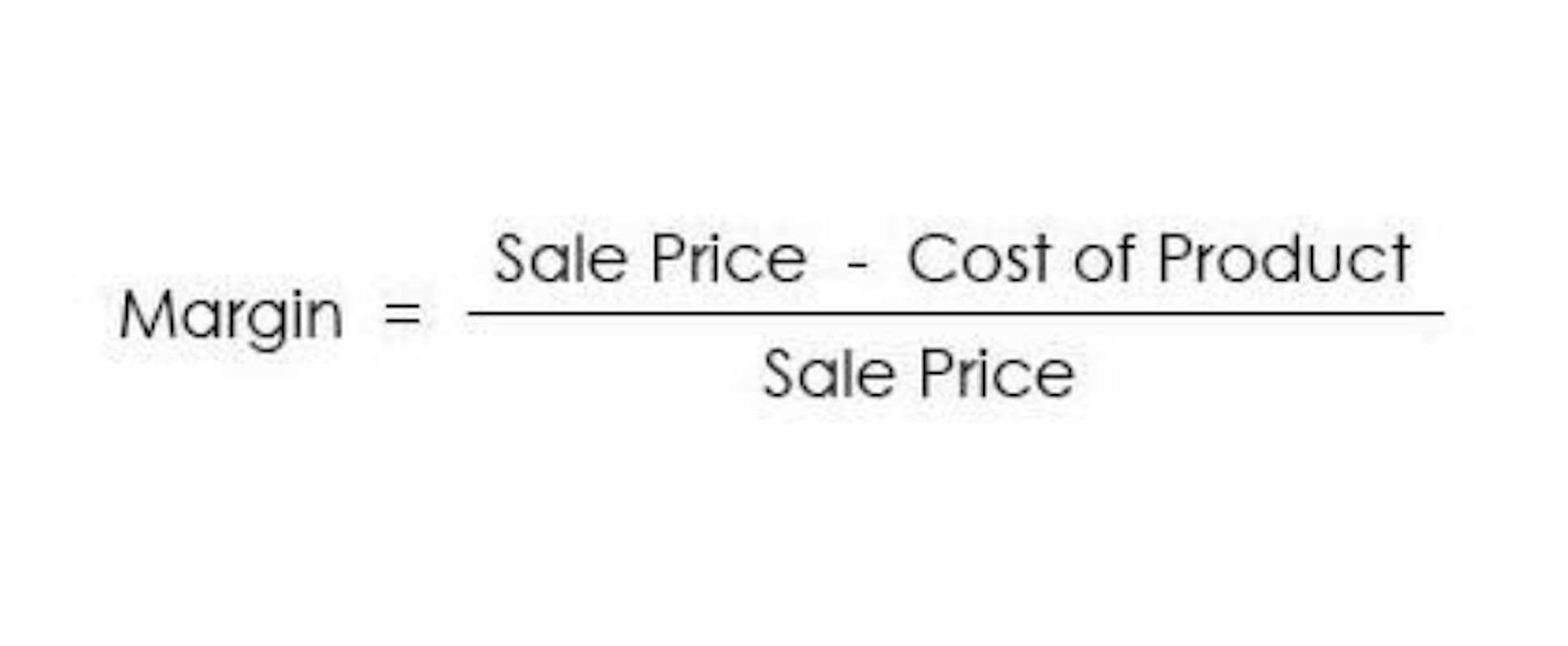
Zoho Books is another excellent accounting software option for consultants and stands out for having the best automation processes. Xero also offers effortless bank account reconciliation and multi-currency support and provides seamless integrations with other business applications. Shoeboxed is trusted by over 1 million businesses to keep track of bookkeeping for consultants receipts and expenses for tax time. From our experience, QuickBooks Online is a top choice for consultants due to its time-tracking feature. Keeping track of small business expenses is vital for consultants to maintain accurate records and manage the budget. A crucial aspect of a consultant’s work is invoicing clients for the services provided.
Climate risk and the opportunity for real estate

The path to a sustainable and gratifying career can be filled with unexpected twists and turns. You might be an employee of an accounting firm today, but in a few years, your own boss. While you can’t predict what the future holds, you can arm yourself with the right tools and resources so that when the time is right to change gears, you’re confident and ready for what’s next. Our consulting services courses are led by seasoned experts that teach you how you can best serve your target clients. With various content formats available 24/7, you can take our consulting services CPE courses whenever and wherever it makes sense for you. You might be interested in a particular field within your consulting practice but haven’t had a chance to explore a niche.
Customizable workflows and integrations
- FreshBooks’s popular Plus plan is $33/month, including recurring invoices, bank transfers, and reporting.
- One step further that you can take to get the same insights as you’d get from a project accounting practice would be to track your Delivery Margin.
- Each of these areas requires unique methodologies and tools, the adept handling of which is a testament to a consultant’s capabilities.
- After testing, we concluded that Zoho Books works best for independent consultants or consulting firms with up to 10 employees.
- Getting started can be as simple as merely getting your name out there to your existing clients and referral sources or as complicated as starting a business from the ground up.
- As a consultant, choosing the right accounting software is crucial for managing your finances efficiently.
We like its time-tracking tools, as users can manage multiple projects and create invoices straight from specific projects. The drawback for Zoho is that project management integration can get expensive for several users. Features outside of invoicing include time tracking, expense management, mobile mileage tracking, accountant access, financial reporting, business performance, dashboards, tax reports, and project management. Most accounting software for consultants comes with built-in features like invoicing, time tracking, and expense management, providing an all-in-one solution for financial management. Accounting software for consultants provides streamlined and automated tools for basic financial processes including invoicing, general ledger, revenues, and expense tracking.
Building Your Career as an Accountant Consultant
- McKinsey research estimates approximately $9.2 trillion in annual investment will be required globally to support the net-zero transition.
- We picked NetSuite for users who need a more powerful and streamlined solution.
- You can head over to our review of QuickBooks Enterprise to get more insight into the platform’s features and pricing.
- NetSuite is a comprehensive solution for consultants who need their business data wherever they go.
- If you have homeowner’s or renter’s insurance, you should inquire with your insurance company to determine what is covered.
Many people who enter the profession start in an entry-level position and work up, but even this requires a high level of education, experience, and skills. Top consulting firms, such as the ‘Big 3’, typically only invite 10 percent of applicants to interview [2]. Those who thrive on tight deadlines and in a high-pressure environment do well as management consultants. However, the perks are well known, with travel, bonuses, company cars, gym membership, and the opportunity to work with senior-level clients of large multinationals, which are a big draw.
Decarbonizing real estate requires considering a building’s ecosystem
- Bonsai is automation and accounting for solo consultants and consulting business owners, helping you manage your time, projects, and payment.
- Read our white paper, How accountants work from home successfully, to discover specific steps you can take now, along with insights into how you can effectively manage your business remotely.
- This team of experts helps Finance Strategists maintain the highest level of accuracy and professionalism possible.
- Accounting software for consultants is a system that aims to automate bookkeeping tasks such as general ledger, billing, invoicing, and time tracking from independent consultants to large firms.
- Additionally, QuickBooks offers integrations with many other business tools, making it easier for consultants to streamline their operations.
- So you know all money in and out of your company is accounted for, and you’ll always know where your business stands.
In the Momentum program I share my approach to managing all of this and stress the importance of working with an accountant. The dashboard will have some variation of those modules alongside other supplemental features. For example, Sage Intacct’s dashboard contains General Ledger, Accounts Payable, Accounts Receivable and Order Entry, among other modules.
To become an accounting consultant, you also need to consider who you want to work with. Do you want to work with your existing accounting clients, or attract new clientele? If you’re selling your consulting services through an accounting firm or management firm, you may not have to look very far for consulting clients. If you’re putting up a https://www.bookstime.com/ new independent contractor shingle, you will need to market and sell yourself to various companies and individuals in order to bring in the new consulting engagements. The combination of this economic transition and the physical risks of climate change has created a significant risk of mispricing real estate across markets and asset classes.

Limitations Of The Traditional Project Accounting Approach
Consultants often handle multiple clients, projects, and invoices simultaneously. This characteristic makes it more mobile and allows for your accountant to access your data securely or for your team to work on the go. CPAs, you know you’re required to earn a set number of Continued Professional Education (CPE) credits each year to maintain your license. Completing one of Becker’s Consulting Services Libraries would satisfy these requirements and bring you closer to where you want to be in your consulting work. Even if you don’t have a CPA license, investing in yourself and building your skillset through consulting-focused courses is the perfect way to show your firm that you’re committed to learning and growing within your role. Understanding which type of work you’re interested in and how consultants and traditional accountants differ will shine a light on which path makes sense for you.



